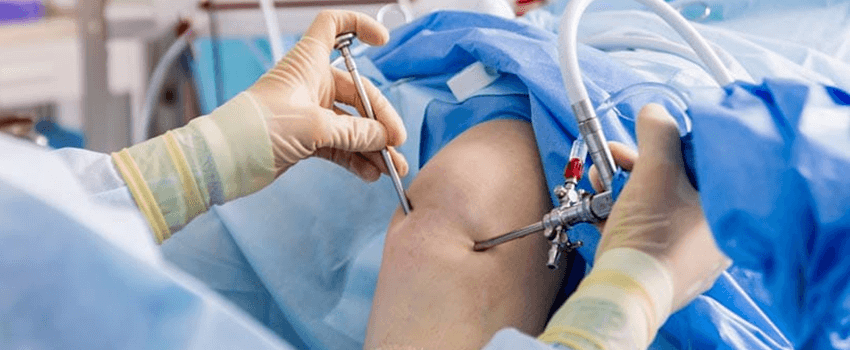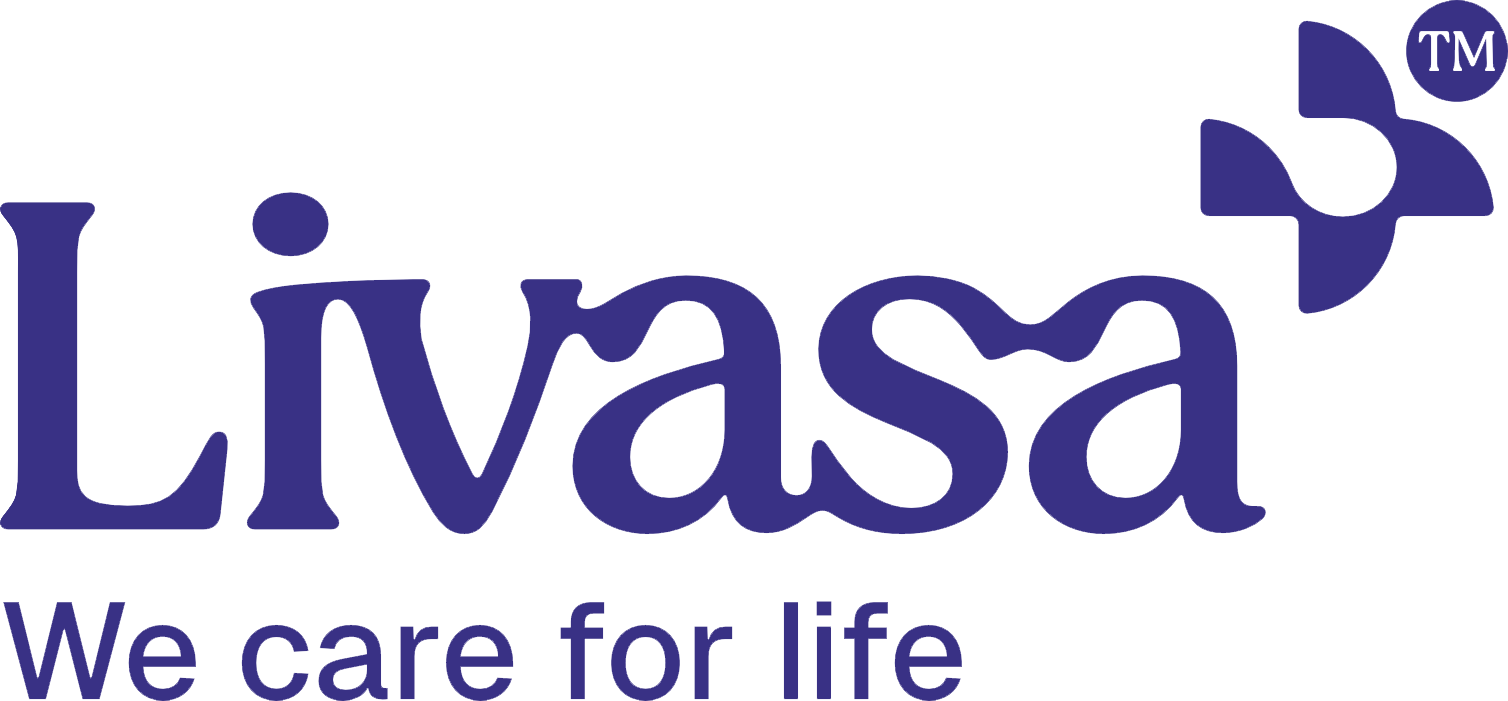- Clubfoot Surgery
- DDH surgeries
- SCFE surgeries
- Bowed legs corrective osteotomy
- Knock knees corrective osteotomy
- Cerebral palsy surgeries
- Osteomyelitis surgeries
- TENS nailing

Services We Offer
Clubfoot Surgery
Most of the clubfoot cases can be treated without surgery. Deformity correction surgery involves surgical release of all tight structures and stabilization. This may be needed if the deformity is not completely corrected with stretching and bracing, or if the deformity returns after stretching and bracing.
DDH surgeries
The more common approach is to accept closed reductions that are stable with mild to moderate widening of the joint and to perform open reductions for unstable hips and those that are excessively wide on arthrography. After the open reduction, we place the child in a below-knee spica cast in the human position, with the hip in more than 90 degrees of flexion and moderate abduction. If considerable force is required to reduce the hip and the reduction seems tight, we perform a shortening femoral osteotomy to decompress the joint. After the hip is reduced and the capsulorrhaphy is performed, a spica cast is applied. We perform an innominate osteotomy in patients who are older than 18 months old primarily when coverage is in doubt. Children who are older than 3 years at reduction usually need an acetabular procedure (Salter or Pemberton procedure) to cover the femoral head adequately.
SCFE surgeries
The primary purpose of definitive treatment for SCFE is to stabilize the capital femoral epiphysis to the femoral neck to prevent further slipping. The choice of treatment depends on the type of slip and its severity. It include in situ internal fixation or pinning; bone graft epiphysiodesis; primary osteotomy through the apex or base of the femoral neck or intertrochanteric area, with or without fixation of the epiphysis to the femoral neck; and application of a spica cast.
Genu varum - bowed legs
Skeletally immature children with at least 2 years of growth left, are treated with Growth Modulation (Hemiepiphysiodesis), while the skeletally mature children with closed/fused growth plates require Osteotomy & Fixation. Hemiepiphysiodesis is a lesser invasive procedure in which we use Clips/Bone Staples or plates on distal femoral physis or proximal tibial physis to control the growth at the growth plate and thereby correcting the deformity gradually. The advantage of this procedure is early recovery, no immobilization in plaster, and the child can regain regular activities within a week. In skeletally mature children, we correct the deformity acutely at the distal femur or proximal tibia by removing a wedge (part of bone depending on the degree of deformity) and fixation with a larger plate and screw system or an external fixator. This procedure requires more rehabilitation, a longer period of rest, and non-weight bearing.
Genu valgum-knock knees
Surgical management is indicated for a severe and progressive genu varum in a child > 7 years of age. In the growing child, we do medial hemiepiphysiodesis/epiphyseal stapling. After the skeletal
maturity we go for osteotomy of either distal femur or proximal tibia or both. We do either lateral opening wedge osteotomy or medial closing wedge osteotomy.
Cerebral palsy surgeries
Surgery is one of the many options available to help children with cerebral palsy improve mobility, posture and ensure healthy growth. However, we recommend physical therapy and medication before surgery. Surgery can correct or improve movement and alignment in the legs, ankles, feet, hips, wrists and arms. These operations are performed on the muscles, tendons, bones and nerves.We perform the following surgeries with the aim to give children the greatest chance of living as independently as possible:- Muscle lengthening, Tendon lengthening, Tendon transfer, Tenotomy/myotomy, Osteotomy, Arthrodesis.
Osteomyelitis surgeries
Chronic osteomyelitis is a surgical disease that requires expertise of debridement and reconstruction modalities. We start antibiotics empirically in patients after cultures have been obtained, usually at the time of debridement. Debridement is aimed at removing all infected or necrotic bone and soft tissue, often fully identified at the time of surgery. In patients with extensive or circumferential involvement of cortical bone, extensive resection of the infected bone results in a large bone gap. In such situations, proximal and distal healthy bone fragments are stabilised with external fixator or ilizarov ring fixator application. Antibiotic-impregnated PMMA beads produce bacterocidal levels of antibiotics for 2 to 4 weeks, depending on the antibiotic, and are usually removed after this time and replaced with cancellous bone graft or vascularized bone graft.
Tens Nailing
Elastically-stable intramedullary nailing with the TEN (Titanium Elastic Nail) is used primarily for the management of diaphyseal and metaphyseal fractures of femur, tibia and forearm in children. Whether the TEN is indicated or not depends upon the age of the patient and the type and site of the fracture. Our Experience has shown that the lower limit is 3–4 years and the upper limit 13–15 years. We select the nail diameter according to the bone involved /diameter of the isthmus. Tens nail provides flexural stability, axial stability, translational stability and rotational stability. They are inserted through small incisions from one end of fractured bone and passed through the fracture after reduction under fluoroscopic guidance. Tens nails can be removed later from the same incision once fracture unites.

Years Of - Experience 20 +
Dr. Manuj Wadhwa
Chairman & Executive Director Elite Institutes of Orthopedics & Joint Replacement- Livasa Hospitals, Punjab
- Ojas Hospitals, Panchkula
Awards Wining Doctor
- 2 Times World Book of Records
- 7 Times Limca Book of Records
Let’s Get In Touch

Sector 71, Mohali
09:00 am - 04:00 pm
(By Prior Appointments)

Sector 22, Panchkula
09:00 am - 04:00 pm
(By Prior Appointments)
Email us
Give us a Call
Book An Appointment








